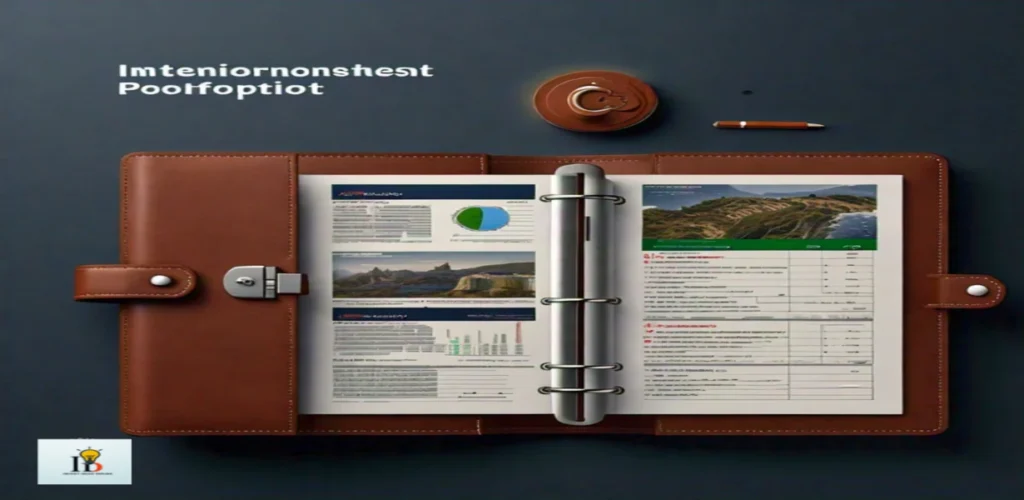Investing may be a fantastic way to increase your money while managing investment risks. Successful investment requires an understanding of and ability to manage these risks. We’ll look at a number of tactics in this post to assist you in successfully managing investment risk.
Recognizing Investment Risks
Investment Risks: What Is It?
The possibility that you might lose money or not receive the anticipated returns on your investments is known as investment risks. The degree of risk associated with various investment kinds varies. For instance, equities are often riskier than bonds.
What Makes Investment Risk Management Crucial?
Protecting your financial portfolio requires effective risk management. You may raise your odds of reaching your financial objectives and lower your risks of losing money by lowering risk.
Types for Investment Risks
Risk to the Market
The chance of losing money as a result of market swings is known as market risk. Any investment might experience this, but equities are especially susceptible.
Risk to Credit
When a borrower defaults on a loan, credit risk is created. Given the possibility of government or corporate debt default, this is particularly important for bond investors.
Risk to Liquidity
The danger that you won’t be able to sell an investment fast without materially altering its price is known as liquidity risk. This is typical for stocks or real estate.
Risk of Inflation
The possibility that inflation would reduce the buying power of your investment returns is known as inflation risk. You can really lose money if your returns don’t increase in line with inflation.
Risk of Interest Rates
Bond investments are impacted by interest rate risk. Bond prices usually decline when interest rates rise, potentially costing investors’ money.
Techniques for Controlling Investment Risks
-
The process of diversification
Diversification: What is it?
Spreading your assets over several industries, asset classes, and geographical areas is known as diversification. Because different assets will respond differently to changes in the market, this method helps lower risk.
How Can Your Portfolio Be Diversified?
- Asset Classes: Make a variety of investments in cash, bonds, stocks, and real estate.
- Sectors: Select investments from a range of industries, including energy, healthcare, and technology.
- Geography: To take advantage of various economic situations, think about making investments abroad.
-
Allocation of Assets
Asset Allocation: What Is It?
The act of choosing how to divide your investments across various asset classes is known as asset allocation. The risk level of your portfolio may be greatly impacted by this choice.
How Should Your Assets Be Distributed?
- Risk Tolerance: Evaluate how comfortable you are with taking risks. Invest more in bonds if stability is your preference. Think about investing in additional stocks if you’re prepared to accept chances in exchange for larger profits.
- Investment Objectives: Make sure your asset allocation supports your financial objectives. Less hazardous investments could be needed for short-term objectives.
-
Consistent Portfolio Evaluation Why Examine Your Portfolio?

You may stay on course with your investing objectives and adapt to shifting market conditions by often assessing your portfolio.
How Can a Review Be Performed?
- Establish a Timetable: Examine your portfolio at least once a year.
- Examine Performance: Determine whether each investment is in line with your objectives by examining its performance.
- Rebalance: If market swings have caused your asset allocation to deviate from your goal, make the necessary adjustments.
-
Employ Stop-Loss Directives
Stop-Loss Orders: What Are They?
An order to sell an investment when it hits a specific price is known as a stop-loss order. This may lessen possible losses.
How Do Stop-Loss Orders Get Used?
- Establish a Limit: Before selling, decide how much of a loss you can tolerate.
- Automated Sales: To prevent making rash decisions, automate the selling process with stop-loss orders.
-
Make Quality Asset Investments
Quality Assets: What Are They?
Investments with a solid track record, sound financials, and steady growth potential are considered quality assets.
How Do You Find High-Quality Assets?
- Research Firms: Seek out businesses with solid foundations, such as steady revenue and minimal debt.
- Examine index funds. These funds offer a simple approach to investing in well-known businesses by frequently combining a variety of high-quality assets.
-
Keep Up to Date

The Significance of Maintaining Knowledge
You can make better judgements and modify your plan of action when you are aware of market trends, economic data, and investing news.
How to Remain Up to Date
- Go over the financial news: For updates and analysis, keep up with reliable financial news sources.
- Participate in investment groups: Engage in local investing groups or online discussion boards to exchange ideas and tactics.
-
Take into Account Expert Assistance
When to Get Expert Assistance
Consider working with a financial expert if you’re feeling overburdened by managing your money. They are able to offer tailored guidance according to your financial circumstances.
Selecting the Ideal Advisor
- Credentials: Seek consultants who possess the necessary training and expertise.
- Fee Structure: Recognize if fees, commissions, or a mix of the two are used to pay for their services.
Knowing How Much Risk You Can Take
Risk tolerance: what is it?
Your capacity and willingness to withstand changes in the market is known as your risk tolerance. It differs from person to person and depends on a number of variables, including age, financial status, and investing objectives.
How Can Your Risk Tolerance Be Determined?
- Self-Assessment: Consider your responses to previous market declines. Do you feel at ease with volatility?
- Surveys of Risk Tolerance: Numerous financial institutions provide resources to assist you in assessing your level of risk tolerance.
Conclusion
One of the most important aspects of successful investing is risk management. You may reduce investment risks and work toward your financial objectives by diversifying your portfolio, allocating your assets sensibly, evaluating your investments on a regular basis, and being educated. Keep in mind that if you’re not sure about your investing plan, it’s usually a good idea to think about getting expert guidance. You can create a robust portfolio that endures over time by being proactive.
You may improve your ability to control investment risk and raise your chances of reaching your financial goals by implementing these tactics. Have fun with your investments!

There are additional articles to read.
There are some more articles based on different topics regarding family members and other home organising issues; if you want to read them, then visit the actual home guide, and for more information about investment ideas, you can visit investment ideas.



